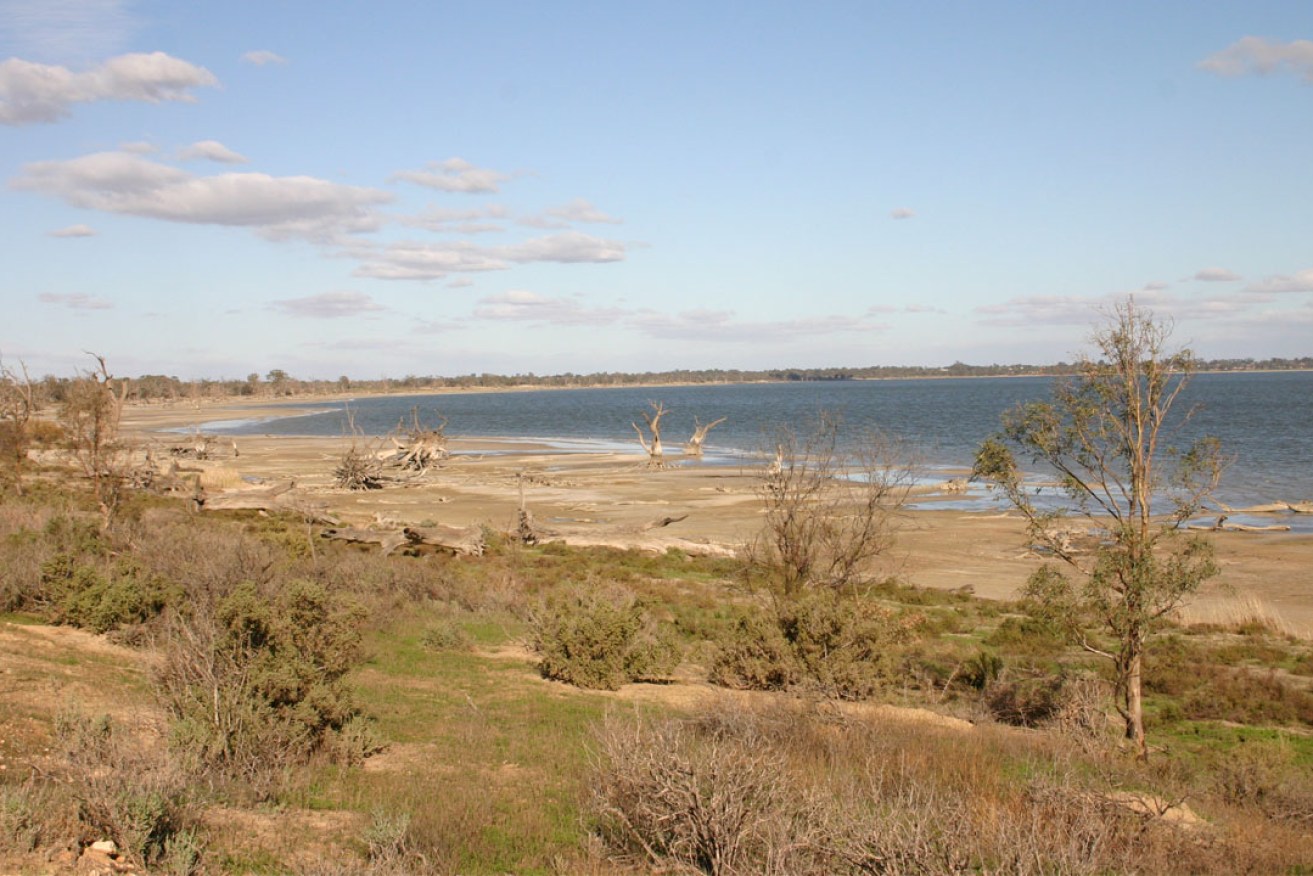The Millennium Drought, a 10-year event, was an incredibly damaging moment in Australia’s environmental history, particularly for communities that live along the Murray-Darling Basin.
By the time the drought broke in 2012, South Australia had lost “millions of eucalypts, the red gums and the black box of the floodplain,” Anne Jensen, a river and wetlands ecologist, says.
It was a national crisis, so much so that on Melbourne Cup Day in 2006, then-prime minister, John Howard, called all the premiers whose states claim sections of the River Murray to come to Canberra and work on a solution the would ensure the long-lasting health of the river.
What eventuated was the Murray-Darling Basin Plan.
“It took from 2006 to 2012 to get the draft plan ready and signed off,” Jensen says.
“It took all that time to work out all the things that had to be worked out amongst the states, and to work out the schemes by which they would coordinate management of water across the basin, and most importantly, put a limit on the amount of water that could be taken out.”
Five years on, the River Murray has seen some improvement, but there is still a way to go, and further progress can only be made if all states involved honour the plan, as it was intended.
As it stands, there is a threat that South Australia might lose out on its fair share, as water is diverted further upstream. If this is the case, the consequences are likely to be far-reaching.
“One of the most important things they’ve just found out in the last year or so is that the Lower Darling, it’s really important to keep that part of the system flowing,” Jensen says.
“That was one of the areas that suffered, and all of the recent findings that water was being devoted upstream by New South Wales irrigators, that was meant to be environmental water coming down to the Lower Darling, and it never got there.
“That was a case where the Australian taxpayer bought the water, the Queensland irrigators let it go for the environment, and these New South Wales irrigators grabbed it and got a major financial windfall. They weren’t punished for it.
“In order to achieve the scientific outcomes, we need everyone to be applying the plan in the spirit in which it was intended, rather than trying to find ways to put less water into the system.”
For Riverland producer, Ben Haslett, the River Murray is the lifeblood of his business and his community.
“Without the River Murray, there would be no fresh fruit production in the Riverland,” he says.
“It enables large amounts of food to be produced. Without that, it would be a very different looking Australia.”
For the survival of not just the river, but his own livelihood, Haslett says the Murray-Darling Basin Plan is “absolutely critical.”
“You’ve got a limited critical resource for Australia… and if you want to be able to maximise the outcome from that asset, in terms of food production and also environmental health, we need a plan to manage it,” he says.
“There are different aspects of the plan, and obviously one of the major aspects was getting water for the environmental health of the river, so that takes water out of production and uses it to water another crop, and that crop is the environment, so obviously in towns along the river, that affects what they can produce.
“Craig Knowles, the former MDBA chair used to like saying that really what we should be looking for is a healthy working river, and I agree with him. It needs to be healthy, but it also needs to work, because there are communities all the way along that river that produce large volumes of food and fibre for Australia.”
With a healthier river, there will be a healthier ecosystem in general, and Jensen warns that once the damage is done, there could be more to lose than even the river itself.
“There’s a scientific paper released just this week to say that reduced flows going out into the ocean at the Murray Mouth are reducing productivity in the ocean and in the fisheries,” she says.
“Everything’s connected to everything else, and the less water that flows through the system, the less well it will function, and we will start to see declining water quality, we’ll start to see problems in localised areas, we’ll see accumulation of salt, accumulation of debris on the floodplain, and as we have a less healthy river, it’s less able to support the communities that rely on it.”
To have your say, pledge support, and to stand up for the health and longevity of the River Murray, head to standupforthemurray.sa.gov.au.
Solstice Media has partnered with the South Australian Government to provide information about the Stand Up for the Murray campaign.






